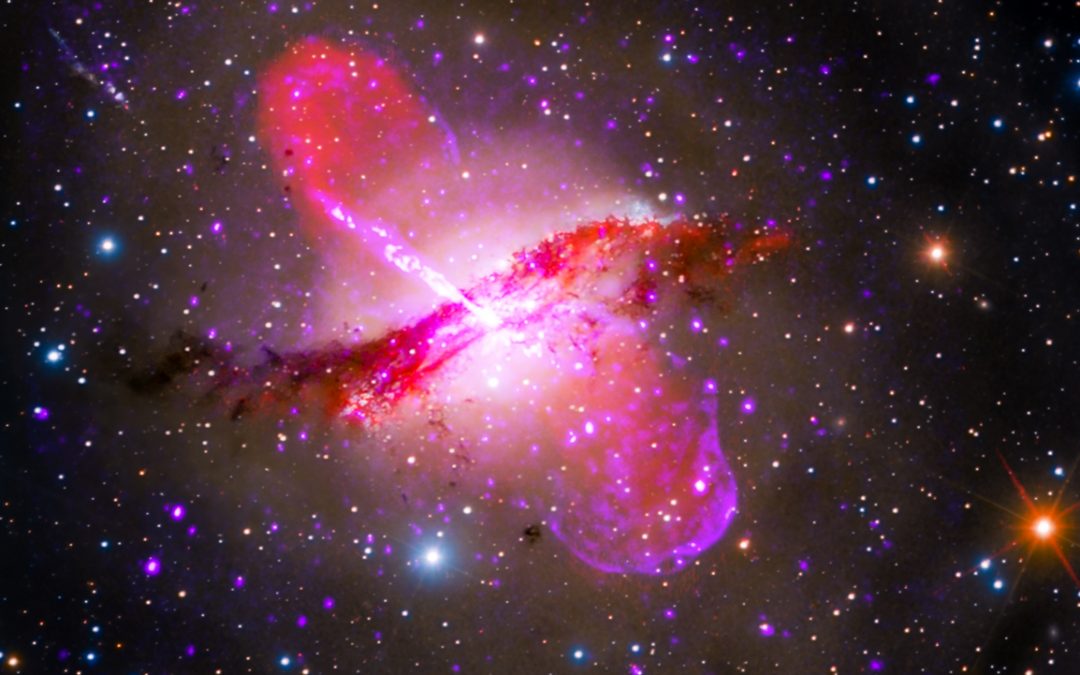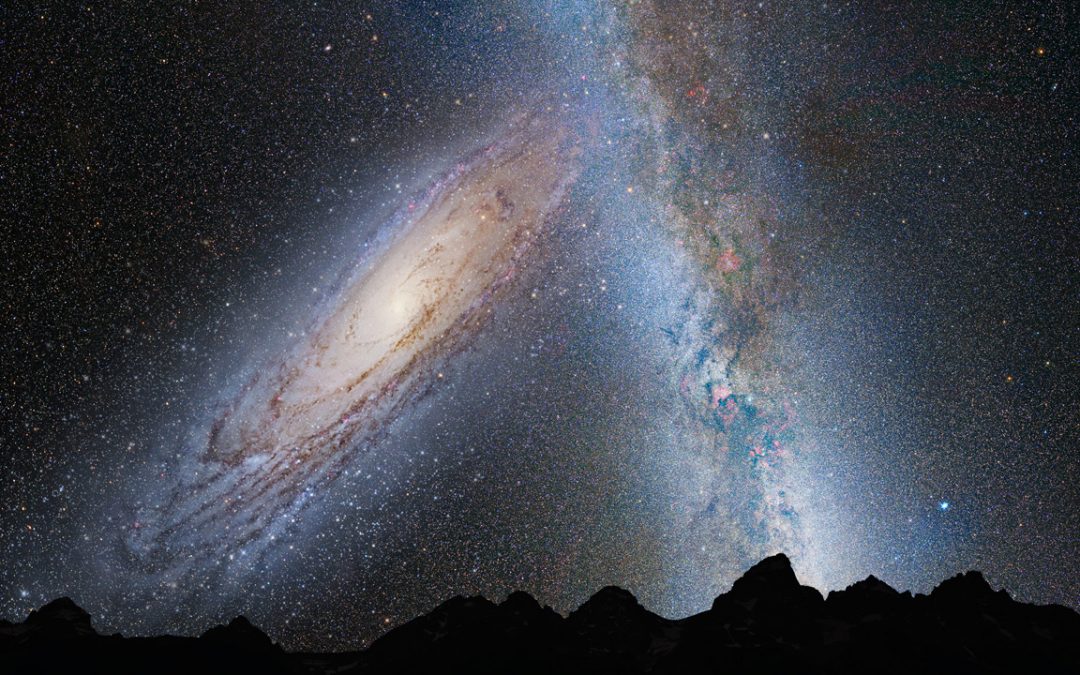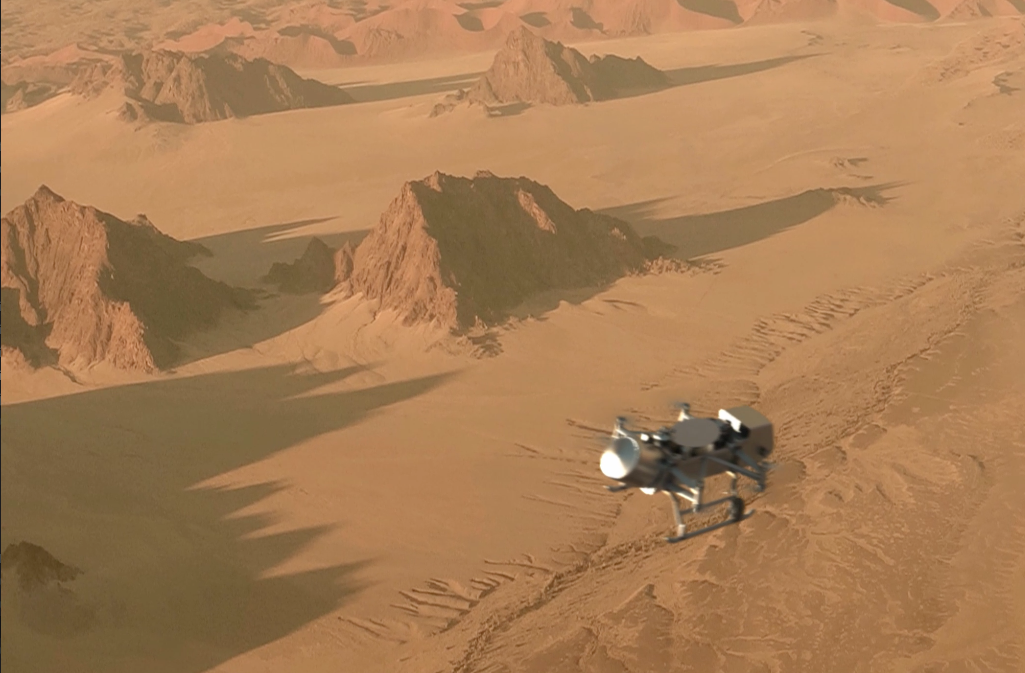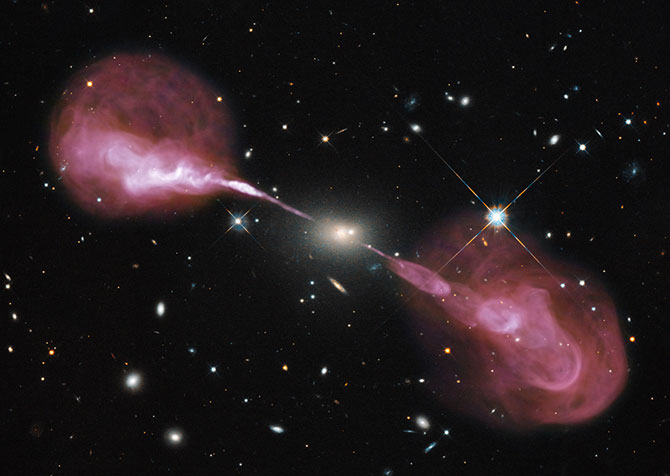Podcast: Play in new window | Download | Embed
Subscribe: RSS
As astronomers look out across the Universe, they see various objects spewing jets of material light years into space. What causes these jets, and what impact do they have on the Universe.














